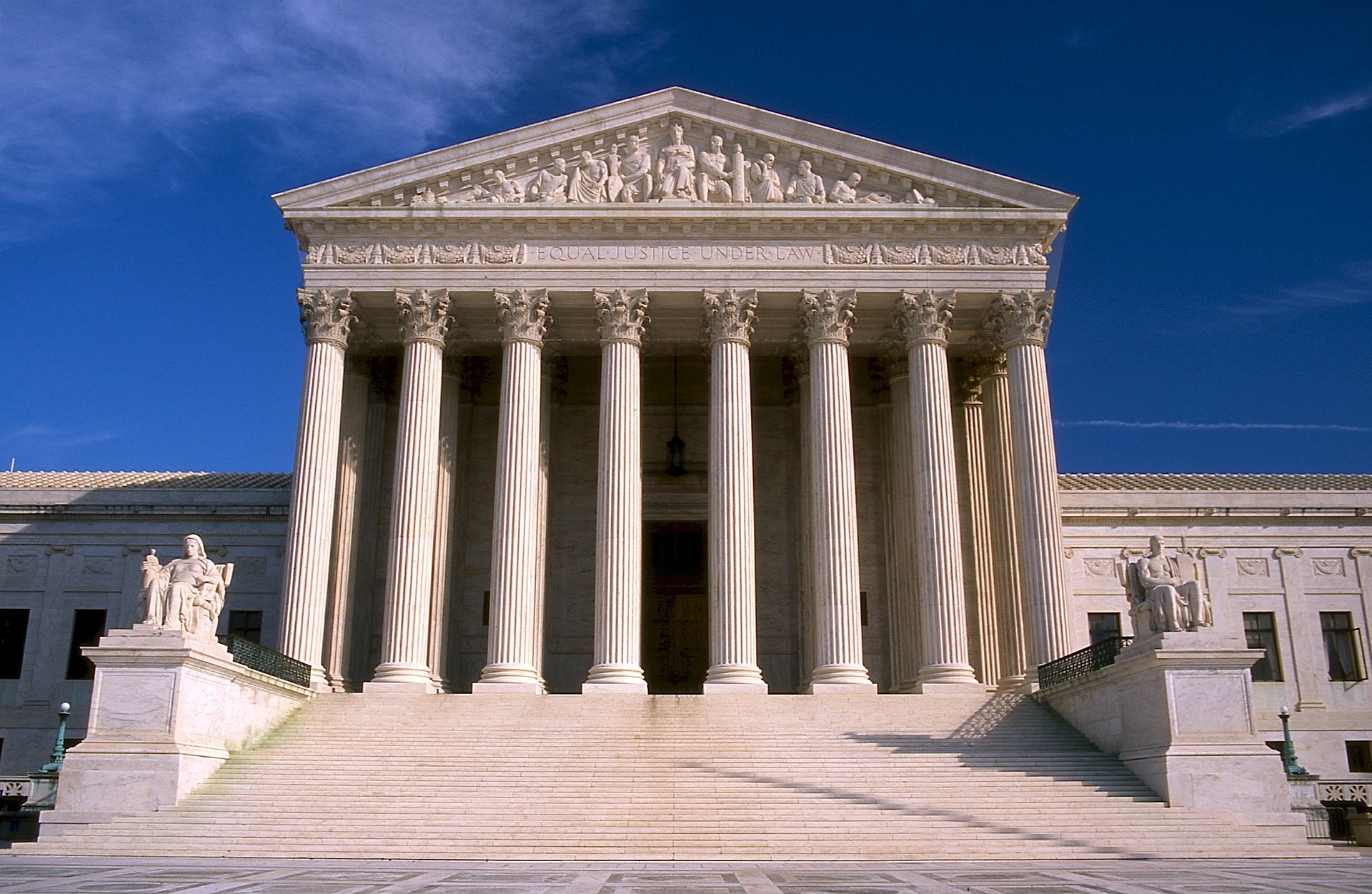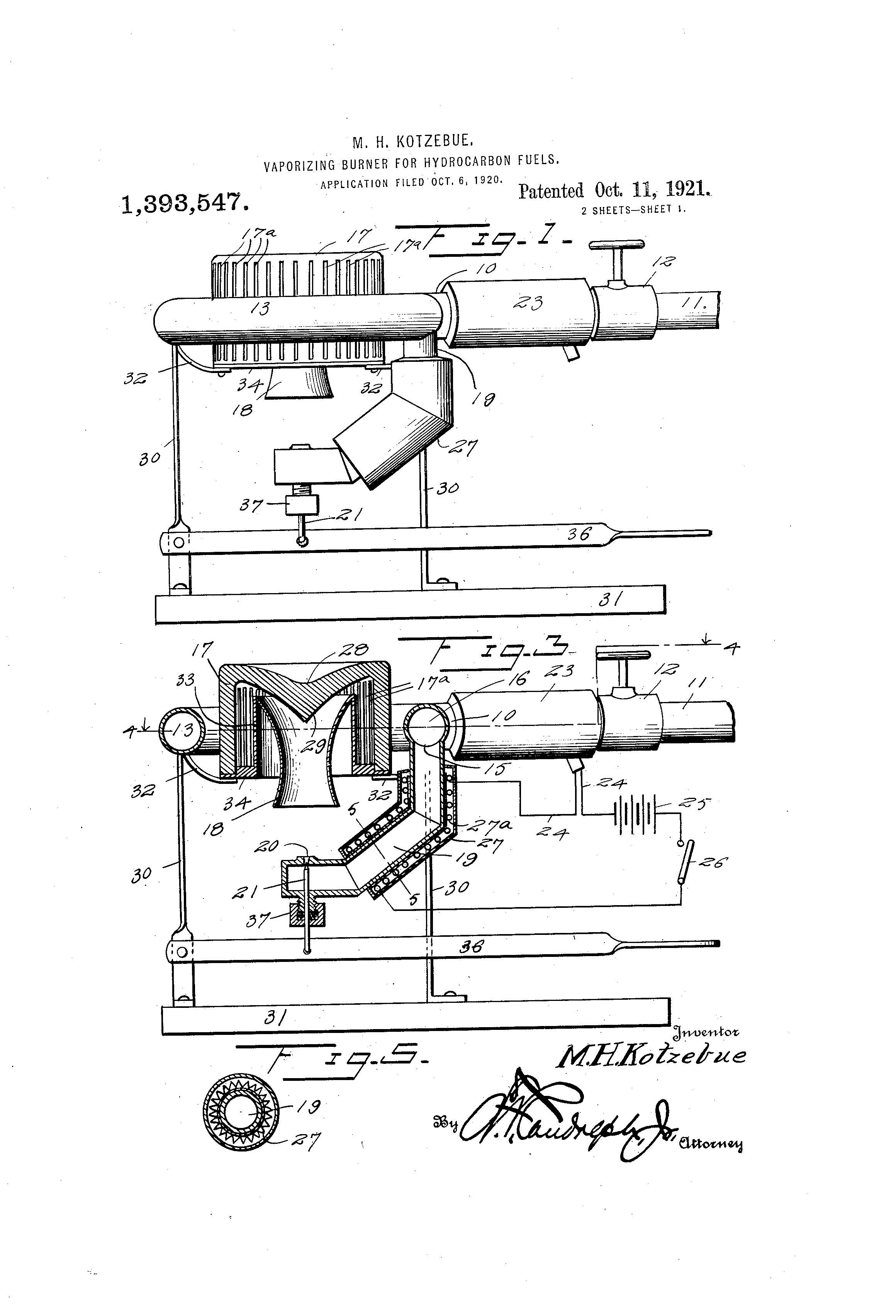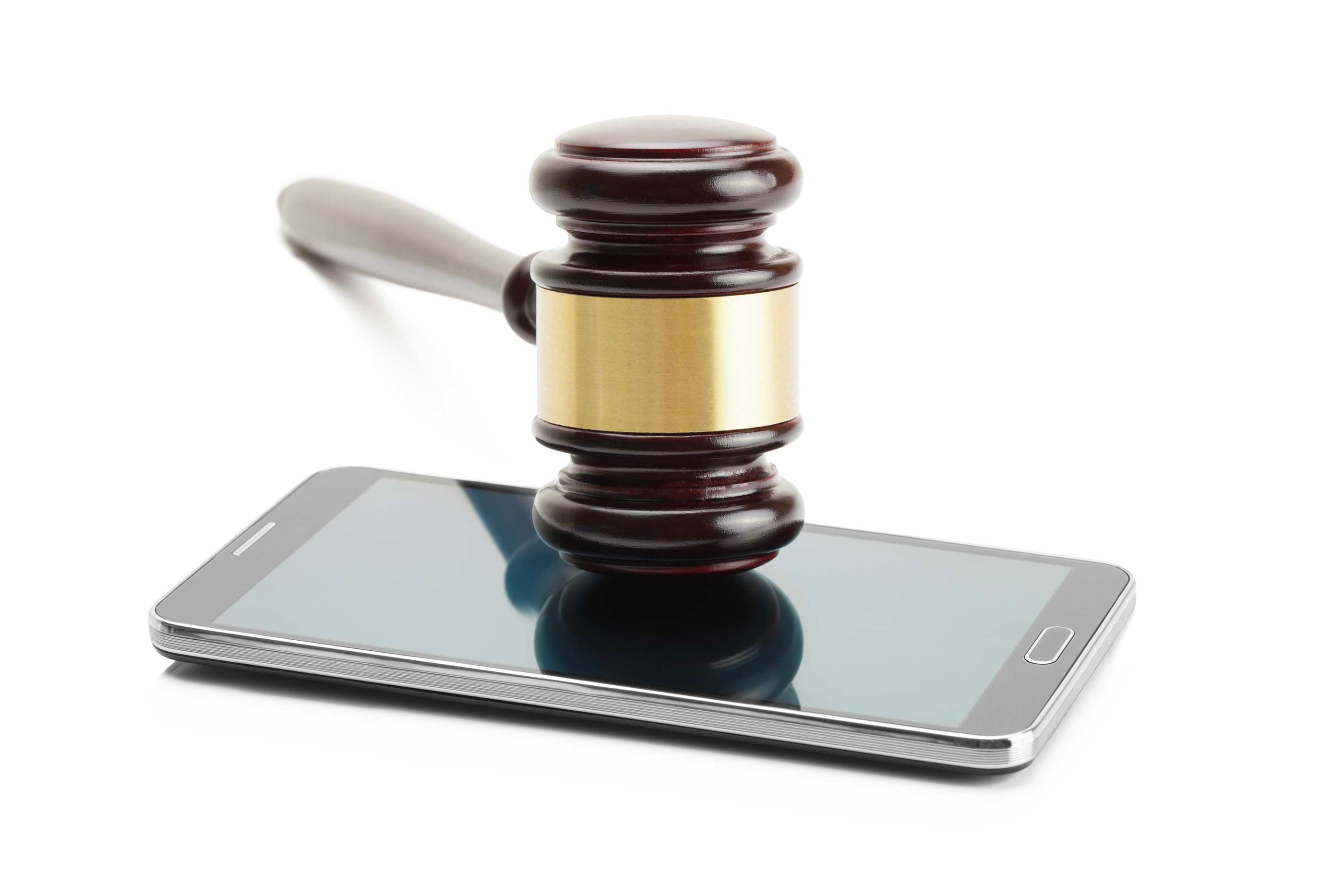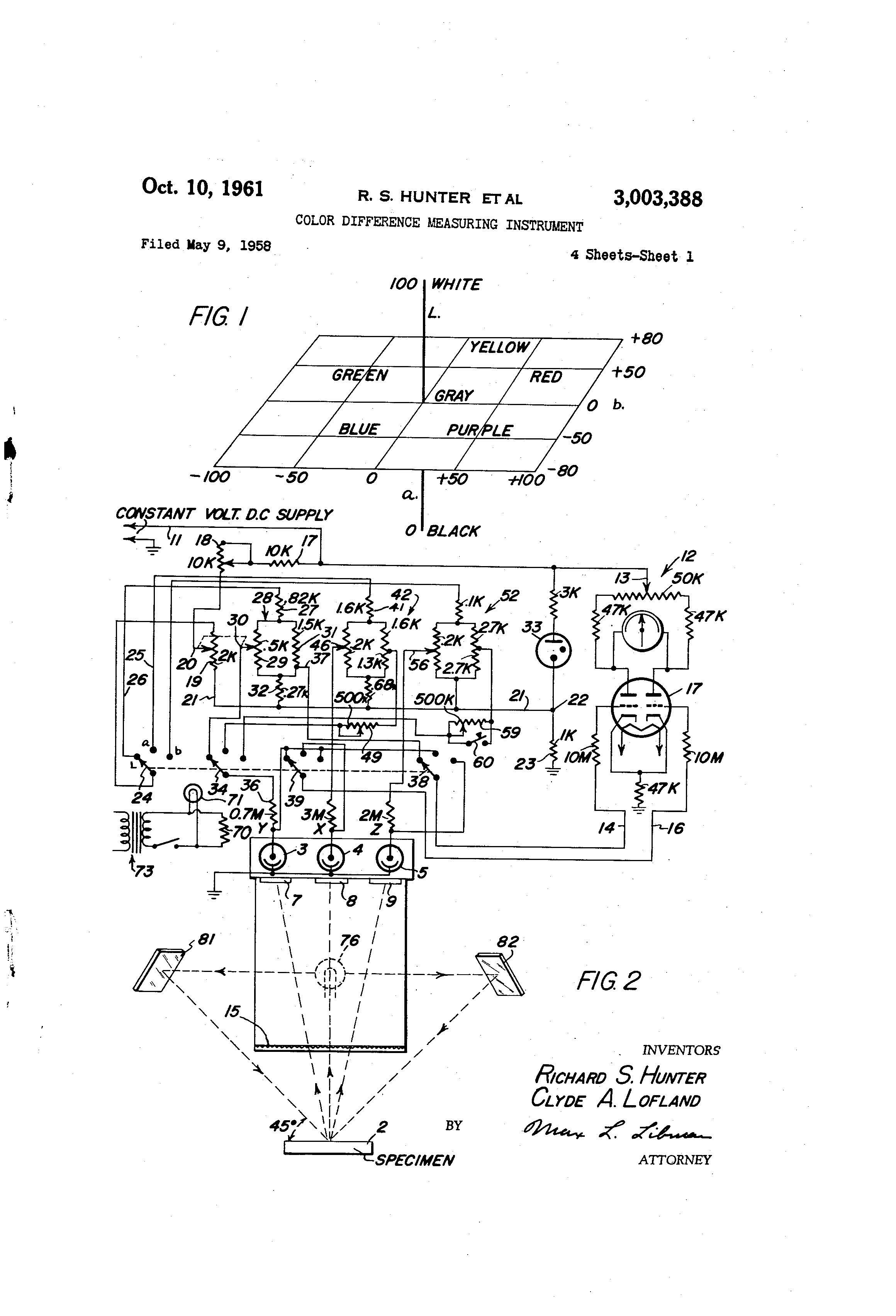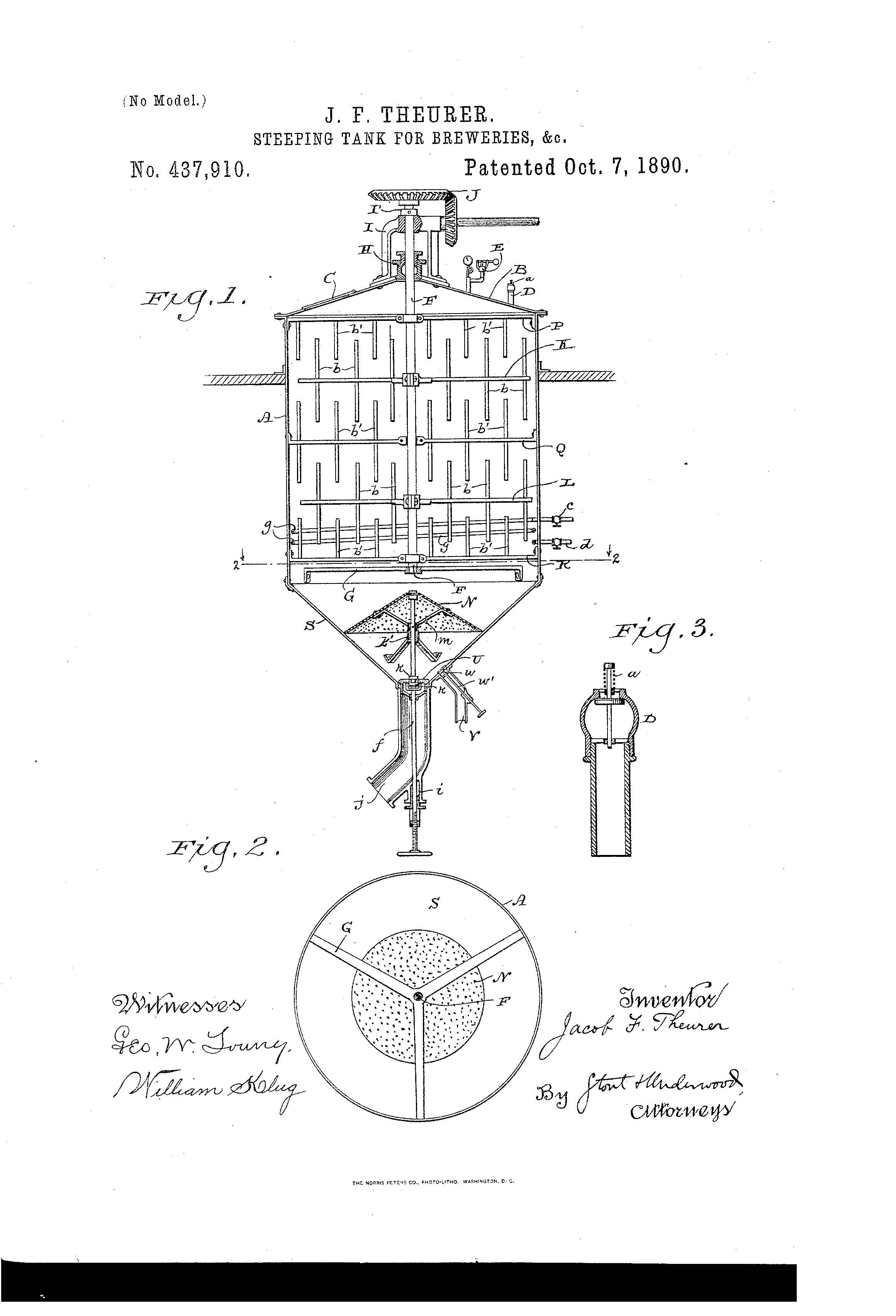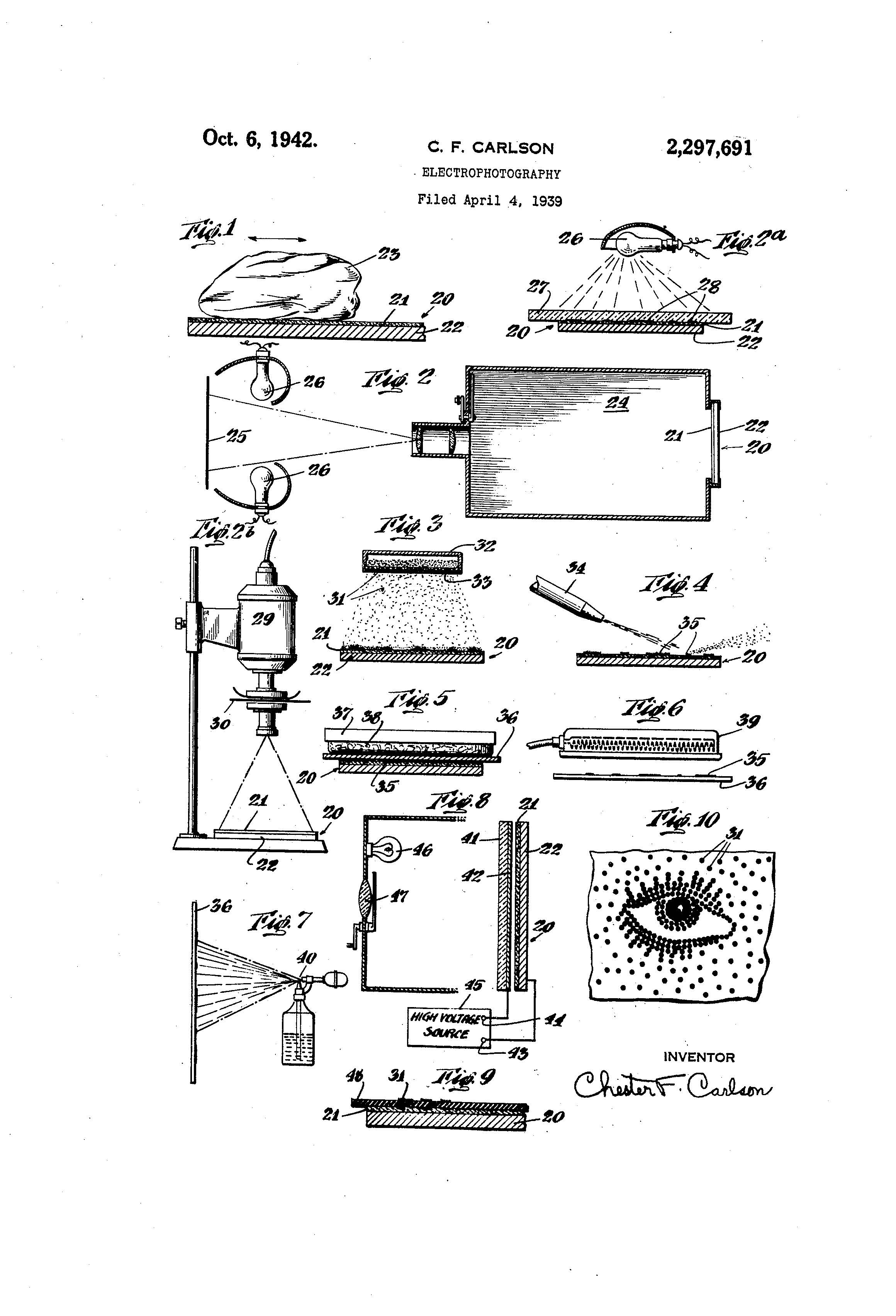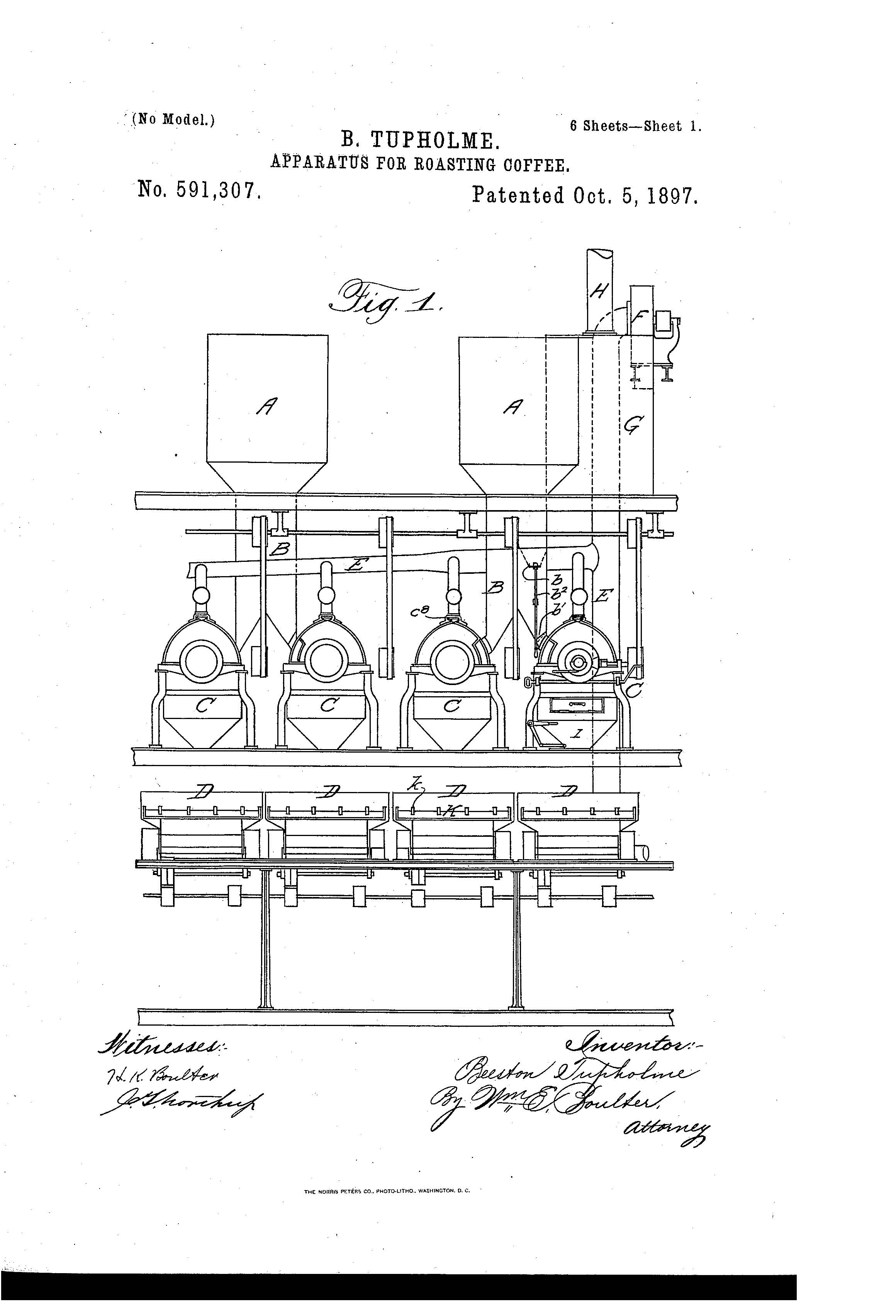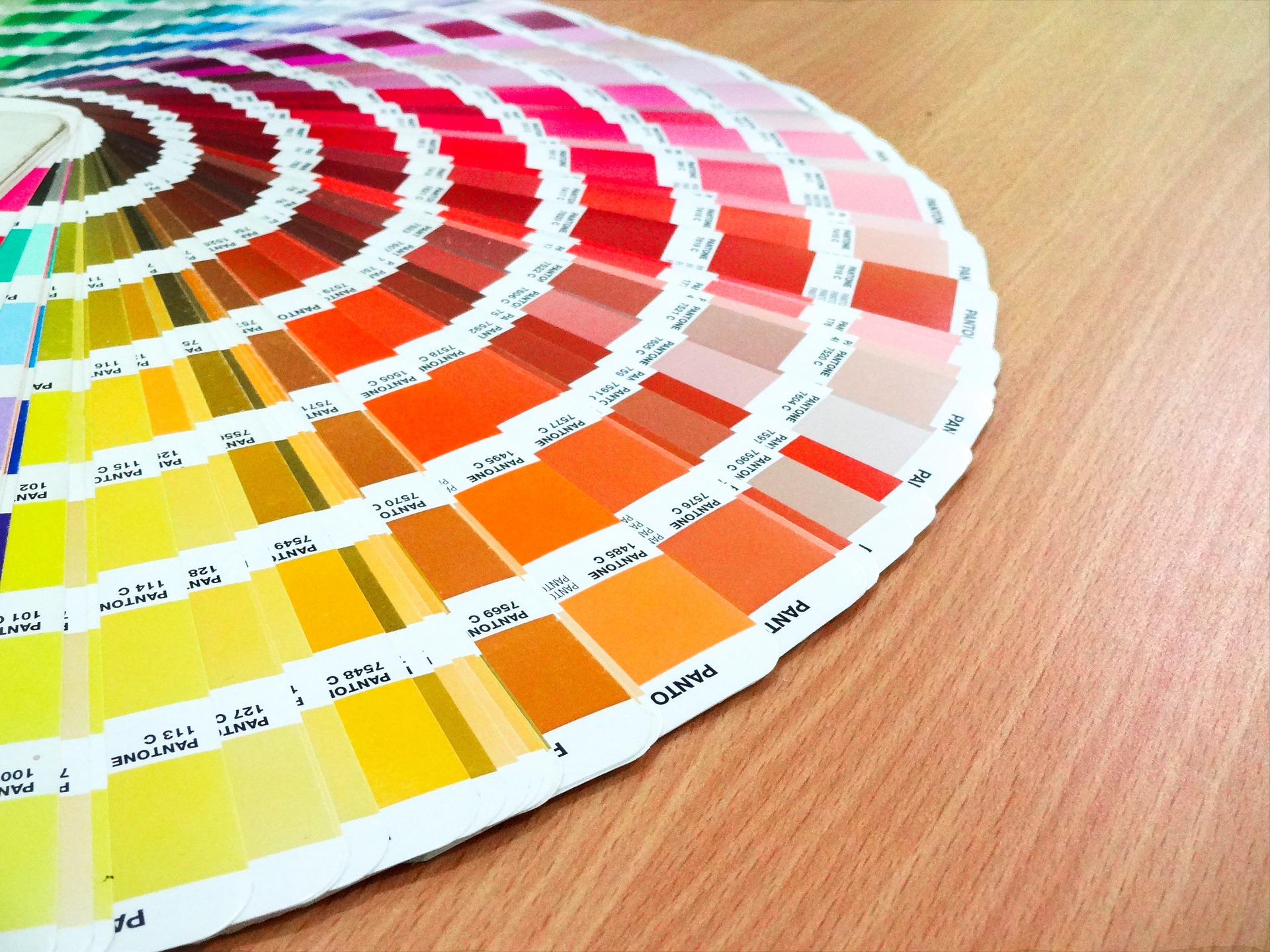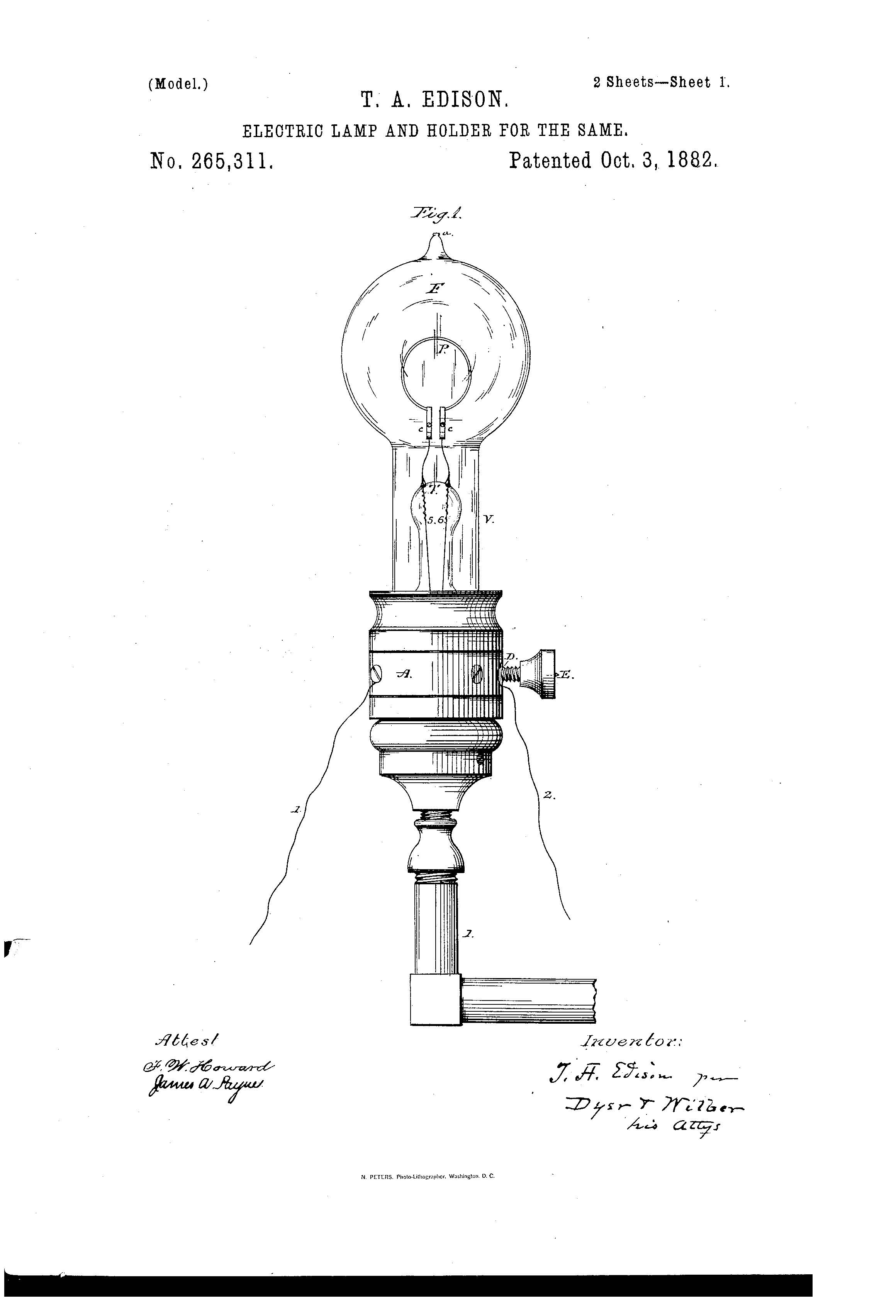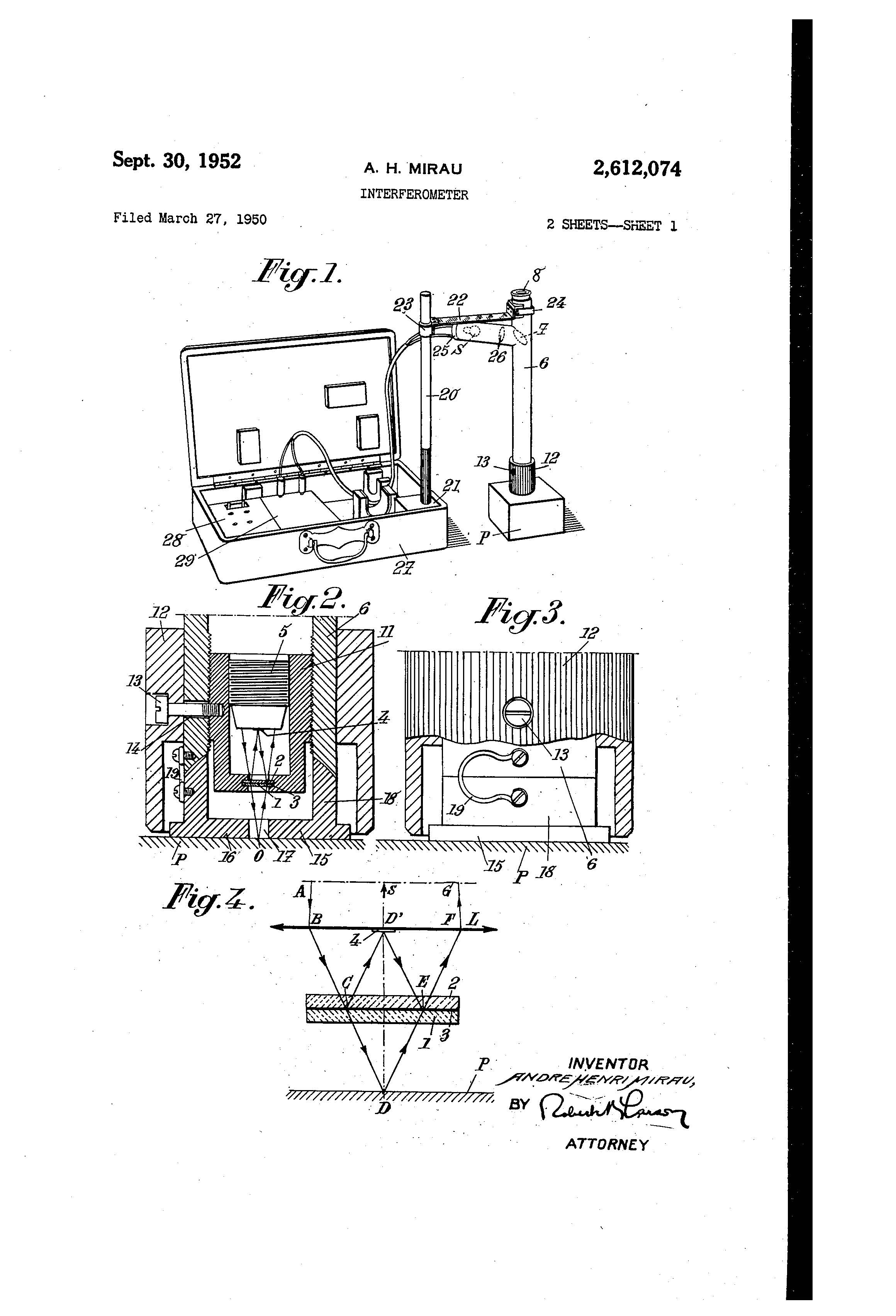Supreme Court to Review “Disparaging” Trademarks

On September 29, the United States Supreme Court agreed to review a Federal Circuit ruling that denied protection to disparaging trademarks under Section 2(a), 15 U.S.C. §1052 of the Lanham Act. The Court will determine if the bar on registering disparaging trademarks is a violation of the First Amendment.
We recently wrote about a Portland-based, Asian-American rock band who tried to trademark their band name “The Slants” (Lee v. Tam, No. 15-1293). The United States Patent and Trademark Office (USPTO) denied the group’s trademark, citing the Lanham Act. The USPTO found the group’s name would disparage, among others, “institutions, beliefs or national symbols,” specifically, people of Asian descent. The group appealed the USPTO’s rejection, and the United States Court of Appeals for the Federal Circuit (CAFC) held that the failure to register The Slants’ trademark amounted to a violation of the First Amendment. Judge Kimberly A. Moore said even though the rejected trademarks “convey hurtful speech that harms members of oft-stigmatized communities,” the First Amendment “protects even hurtful speech.”
In a court brief, band leader Simon Tam said The Slants were ”following in the long tradition of 'reappropriation,' in which members of minority groups have reclaimed terms that were once directed at them as insults and turned them outward as badges of pride." Despite winning the earlier court ruling, Tam said this case should be heard by the high Court as the issue is “undeniably important.”
The professional football team, the Washington Redskins, have also faced this same legal issue (Pro-Football, Inc. v. Blackhorse, No. 15-1874). In 2014, six federal trademark registrations for the Washington Redskins were canceled by the USPTO because the team’s name was deemed disparaging to Native Americans.
In response to the Supreme Court taking on the Lee v. Tam case, the Washington Redskins filed a “certiorari before judgment," which would have allowed the Redskins to move directly to the high court to have their case heard along with The Slants’ case. Unfortunately, for the Redskins, the Supreme Court denied their rare petition because the lower Fourth Circuit has not yet ruled on the matter.
The Redskins case is set to be heard later this year, but the ruling of The Slants’ case, will likely have a significant impact on the outcome of the Redskins’ case.
Patent of the Day: Vaporizing Burner for Hydrocarbon Fuels
On this day in 1921 Meinhard H. Kotzebue was granted the patent for VAPORIZING BURNER FOR HYDROCARBON FUELS. U.S. Patent No. 1,393,547.
The object of the invention is to provide a simple, inexpensive and efficient vaporizing burner in connection with which may be used hydrocarbon fuels of a more or less crude or unrefined form under conditions conducive to economy in the consumption and cost of the fuel together with completeness of combustion; and with these objects in view.


The Battle Continues Between Apple and Samsung

The acrimonious patent battle between Apple, Inc. and Samsung Electronics is far from over. In fact, on Tuesday the 11th of October, the Supreme Court heard oral arguments on this case, namely, that additional money is owed to Apple by Samsung.
In April, we wrote about the “Smartphone Patent Wars” detailing the ongoing legal battle between the two tech giants, and in August, we also wrote about Top Fashion Designers backing Apple in this ongoing patent design lawsuit.
In 2012, a US jury ruled that Samsung had infringed on Apple patents, specifically: Electrical Device D593,087, dealing with the rectangular front face with rounded corners, Electrical Device D618,677, dealing with the bezel and Electrical Device D604,305, dealing with the 4 by 4 grid of colorful icons. The judgement ordered Samsung to pay Apple $930 million. On Appeal, Samsung was able to get the amount reduced to $548 million due to the reversal of a trademark liability ruling. Samsung agreed to pay Apple $548 million–with one caveat. Samsung reserved “the right to reclaim or obtain reimbursement” of the $548 million depending on the holding of the Supreme Court (who agreed on March 21, 2016 to hear the appeal).
Since that ruling, Samsung has paid Apple a total of $399 million. Samsung argued that the $399 million penalty they have already paid was excessive because “Apple was ‘entitled to’ those entire profits no matter how little the patented design features contributed to the value of Samsung’s phones.”
Protecting an inventor’s right to exclude competitors from a particular technology space and incentivizing innovation represent the constitutional basis for awarding patents in the United States. The outcome of this ruling will have a significant impact on how design patents are used to protect designs in the future since this is the first design patent case the United States Supreme Court has heard in over 120 years. Unfortunately, those eager to hear the Court’s opinion on this case will have a little bit of a wait, as a decision on the case is not expected until June of 2017.
Patent of the Day: Color Difference Measuring Instrument
On this day in 1961 Richard S. Hunter and Clyde A. Lofland were granted the patent for COLOR DIFFERENCE MEASURING INSTRUMENT. U.S. Patent No. 3,003,388.
It is a primary object of the invention to provide a precision photoelectric tristimulus instrument which will give direct values of color on uniform, visually meaningful scales having approximately the spacing of the Munsell color system with precision equal to, or better than the eye trained to detect commercial color differences.
Another object is to provide a compact, rugged, efficient instrument which is simple and not complicated in operation and can be used by unskilled operators with a minimum of training or instruction, yet will give ac curate and reproducible results with great speed.
Another object is to provide a color difference instrument which is easy to read and convenient to operate, incorporating a rugged, yet accurate meter which is unaffected by mechanical vibration such as is often found in industrial surroundings where such instruments are used.
A further object is to provide a color instrument having a relatively few control knobs or wheels, closely spaced for easy reach, and so arranged that the direction of knob or wheel rotation always corresponds to the direction required to bring the balance-indicating device back to zero. setting, which greatly facilitates both speed and ease of operation.
It is also an object of the invention to eliminate mechanical adjustment of photocells required in some previous instruments during the taking of readings, and to provide instead purely electrical circuit adjustments for all operations of the instrument. This permits removal of the sample-observing head from the reach of the operator, as in a monitoring device over a moving web.
Another object is to provide simple digital scales, with zero centered circuit components which eliminate the use of polarity switches when a change in sign of the reading occurs, and which have automatic register means for positively showing the sign of the reading without the possibility of error in reading the sign (or direction) of the value shown on the digital register.




Office Hours October 27 at the Omaha Startup Collaborative
Suiter Swantz IP will be holding office hours October 13th at the Omaha Startup Collaborative, located in the Exchange Building in downtown Omaha.
Chad Swantz will be there from 4:00 - 5:30 pm. Feel free to send Chad an email (cws@suiter.com) if you’d like to reserve a time slot or have any questions. In addition, meeting times can always be made on an as-needed basis.
Suiter Swantz IP
402-496-0300
www.suiter.com
Patent of the Day: Steeping Tank for Breweries
On this day in 1890 Jacob F. Theurer was granted the patent for STEEPING TANK FOR BREWERIES. U.S. Patent No. 437,910.
This invention relates to tanks for steeping hops.
In a steeping-tank for breweries, the combination, with a receptacle having an inclined bottom and outlets therein for liquid and solid matter, of a valve located within the liquid-outlet, a valve located in the outlet for solid matter and having a stem, and a perforated cone-plate attached to the upper end of said stem and arranged to seat itself upon the inclined bottom above the outlets for liquid and solid matter.

Patent of the Day: Electrophotography
On this day in 1942 Chester F. Carlson was granted to the patent for ELECTROPHOTOGRAPHY. U.S. Patent No. 2,297,691.
An object of the invention is to improve methods of photography and to provide improved means and devices for use in photography.
The invention comprises the features of construction, combination of elements, arrangement of parts, and methods of manufacture and operation.

Patent of the Day: Apparatus for Roasting Coffee
On this day in 1897 Beeston Tupholme was granted the patent for APPARATUS FOR ROASTING COFFEE. U.S. Patent No. 591,307.
This invention relates to improvements in apparatus for treating coffee and similar substances, and comprises in its complete form hoppers or receptacles for the raw coffee, chutes to convey it to the roasters, roasters, coolers, chaff-arresters, receptacles for receiving the roasted berries, together with airpipes, shafting, and other accessories.






Color Me Trademarked

The sights, sounds, and smells of autumn are upon us. One familiar sight for those of us living in the Midwest is a tractor or combine tirelessly working through a field harvesting this year’s crop before the snow flies. Many people have no trouble recognizing the company with the tractors that sport the green and yellow color scheme. Did you know that these colors are protected under intellectual property? In fact, many companies have these non-traditional trademarks known as color marks.
So how do you trademark a color? A single color can be trademarked as long as it is not functional and it has acquired distinctiveness for the goods listed. For instance, a number of well-known color marks are in existence. United Parcel Service holds a trademark registration for the color brown (Reg. No. 2,901,090); Owen’s Corning has registrations for the color pink (Reg. Nos. 3,165,001; 2,380,742; 2,380,445; 2,090,588; and 1,439,132); Tiffany’s has multiple registrations for a certain shade of blue (Reg. Nos. 4,177,892; 2,359,351; 2,416,794; 2,184,128); and Home Depot has a registration for the color orange (Reg. No. 2,276,946).
However, in light of the aforementioned trademarks for color, it has taken John Deere® a number of years to acquire federal trademark registrations for its “John Deere Green” and “John Deere Agricultural Yellow” color schemes. It began in early 1982 when Deere tried to block a competitor from using the colors green and yellow on tractor attachments. The court held that those colors were aesthetically functional and did not grant Deere any relief. The court held that because consumers wanted their tractor accessories to match their tractor, the use of green and yellow was functional.
Still trying to press on, Deere filed applications for trademark protection in 1982 and 1985 for different green and yellow layouts on machines (Reg. Nos. 1,254,339; 1,502,103; 1,503,576). The Examining Attorney at the Trademark Office refused the applications filed in 1985 based on aesthetic functionality. Deere appealed, and in 1988, the Trademark Trial and Appeal Board ruled in favor of Deere holding that the colors made the product more attractive and were not functional. Thus, the applications were allowed.
In 1995, the Supreme Court made a landmark decision regarding color and trademarks. The Court held that a single color could be protected as a trademark. The previous argument has been that if single color registrations were allowed, a monopoly in a field of goods and services would occur, and this should not be allowed. The Court rejected this argument and held that a single color could be protected as a trademark.
Following this decision, in 2004, it was held that Deere could not simply have rights in every abstract combination of green and yellow on machinery. However, they could protect their rights regarding specific color layouts on specific areas of equipment. Since this decision, Deere has gained a number of trademark registrations regarding color combinations on specific machines.
Thus, it can be said that those tractors out in the field helped pave the way for the color trademarks that are in existence today. So the next time you see one, just think how much legal work it took to protect those yellow and green colors.
Patent of the Day: Treatment of Hydrocarbon
On this day in 1949 Phillip M. Arnold was granted the patent for TREATMENT OF HYDROCARBONS. U.S. Patent No. 2,483,869.
This invention relates to a process for removing ethylene from admixture with other low boiling gases. In one of its more specific aspects this invention relates to a process for separation of ethylene from admixture with such gases as hydrogen, methane and other hydrocarbons higher boiling than ethylene. An object of this invention is to devise a process for the separation of ethylene from admixture with methane. Another object of my invention is to devise a process for separating ethylene from admixture with methane and hydrocarbons higher boiling than ethylene. Still another object of my invention is to devise a process for the separation of ethylene from admixture with hydrogen, methane and normally gaseous hydrocarbons higher boiling than ethylene. Yet another object of my invention is to provide a process for the separation of relatively low boiling hydrocarbon from admixture with one or more constituents in the gaseous state without the use of a closed methane refrigeration cycle. A further and important object is the separation of ethylene from hydrogen-methane mixtures containing ethylene by fractionation wherein a liquid methane reflux is obtained without the necessity of a closed methane refrigeration cycle.


Patent of the Day: Electric Lamp and Holder for the Same
On this day in 1882 Thomas Edison was granted the patent for ELECTRIC LAMP AND HOLDER FOR THE SAME. U.S. Patent No. 265,311.
In order to adopt a system of electric lighting for ordinary and domestic uses, it seems essential that a lamp should be devised complete in itself, so that it may be supplied as a separate article ready for attachment to a suitable support, and with conductors so arranged that when the lamp is placed in position the circuit-connections are completed without further adjustment, and the holder or socket for receiving the lamp should be arranged to sub-serve this purpose, this that there may be no difficulty encountered, no skilled care or attention needed in placing the lamps in position or in replacing one which from breakage or any cause whatever should become disabled.
The object of this invention is to attain this; and to that end it consists in an electric lamp as a separate article adapted to be readily placed upon or within or removed from a suitable holder, and in a socket or holder as a separate article adapted to receive and support upon or within it an electric lamp, and in the combination of these two separate articles and proper contacts for completing the electric circuit.


Patent of the Day: Interferometer
On this day in 1952 André Henri Mirau was granted the patent for INTERFEROMETER. U.S. Patent No. 2,612,074.
The present invention relates to interferometers and other measurement apparatus (for instance for studying superficial polish or the refractive index of transparent liquids or solids), based upon interference method measurement of differences of optical paths. This invention consists, chiefly, in separating light into two beams by means of a separator including a semi-reflecting layer, in combination with at least one mirror or other optical device capable of giving said beams, on their way to the viewing system, two substantially equal paths, producing the phenomenon of interference.



